Sri Lanka Sapphires - Ceylon Sapphires
Introduction to Ceylon Sapphires
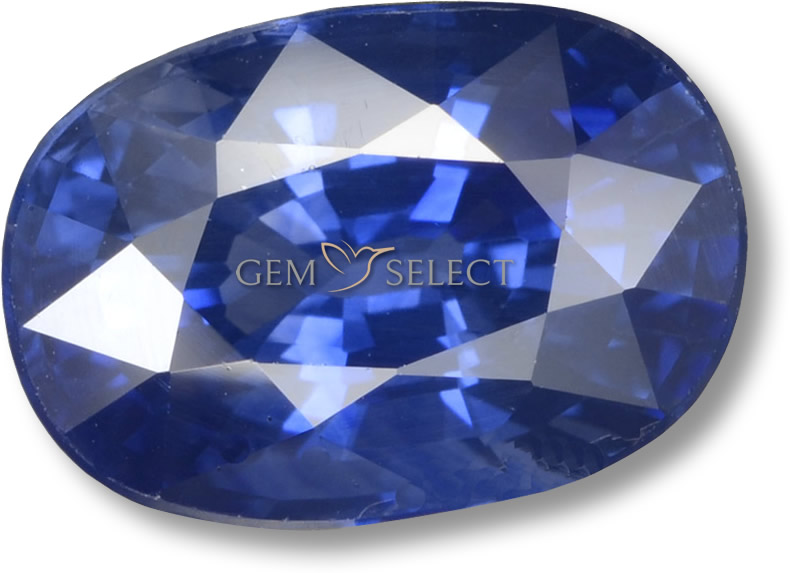
When it comes to blue sapphires, three regions steal the spotlight: Kashmir, Burma, and Sri Lanka. While Kashmir’s renowned sapphires from the Himalayan mines dazzled the world until they dried up in the 1920s, and Burma’s sapphires took a backseat to its rubies, Sri Lanka - often called Ceylon in the gem world - remains the steadiest source of these stunning gems. With new deposits in Madagascar giving it a run for its money, Sri Lanka’s sapphires still hold a special place for their quality and history. Curious about other sapphire sources? Check out where sapphires are found around the globe. Let’s dive into what makes these gems so extraordinary!
Historical Significance of Sri Lankan Sapphires
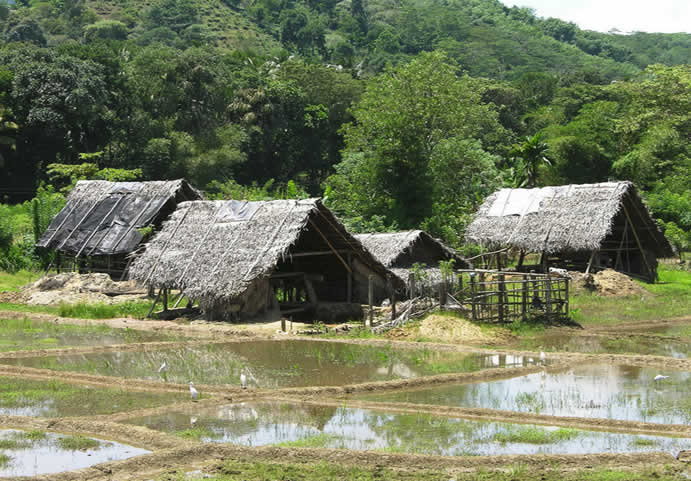
Sri Lanka’s sapphire mines are believed to be the oldest in the world, with production already thriving when Marco Polo visited in 1292. That’s centuries of gem-hunting expertise! Some of the most famous sapphires in history hail from here, like the 423-carat Logan Blue Sapphire, the 563-carat Star of India, and the 478-carat Queen Marie of Romania’s Sapphire. These gems aren’t just rocks - they’re pieces of history that have adorned royalty and sparked legends. For more on sapphires’ fascinating past, explore sapphire gemstone information.
Unique Characteristics of Ceylon Sapphires
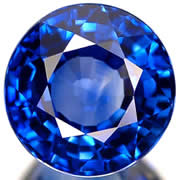
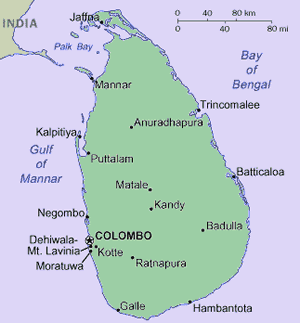 What sets Sri Lankan sapphires apart? Their light, bright blue hue - think cornflower blue at its finest - stands in contrast to the deeper, inky blues from volcanic deposits in places like Australia or Pailin in Cambodia. The best Ceylon sapphires rival the legendary Kashmir and Burmese stones. And it’s not just blue - Sri Lanka produces a rainbow of sapphire colors, from yellow and green to pink, violet, and the ultra-rare pink-orange padparadscha. Pretty vibrant, right?
What sets Sri Lankan sapphires apart? Their light, bright blue hue - think cornflower blue at its finest - stands in contrast to the deeper, inky blues from volcanic deposits in places like Australia or Pailin in Cambodia. The best Ceylon sapphires rival the legendary Kashmir and Burmese stones. And it’s not just blue - Sri Lanka produces a rainbow of sapphire colors, from yellow and green to pink, violet, and the ultra-rare pink-orange padparadscha. Pretty vibrant, right?
Fun fact: Sri Lanka had so many sapphires that lower-grade, milky stones (called “geuda” due to excess titanium) were once ignored. That changed in the 1970s when Thai gem experts figured out how to heat-treat them into vivid blue gems, flooding the market with dazzling Ceylon sapphires. Interested in other Southeast Asian gems? Learn about sapphires from the Golden Triangle.
Mining Sapphires in Sri Lanka
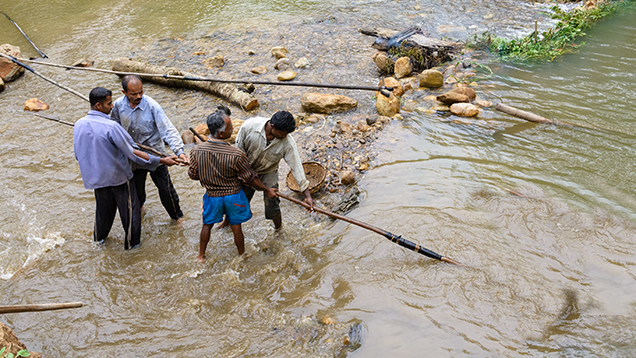
The heart of Sri Lanka’s sapphire production is Ratnapura, about 100 km southeast of Colombo. This region has been mining sapphires for centuries, and it’s still going strong. From traditional hand-dug pits to more modern methods, Ratnapura’s mines yield a stunning array of sapphires, making Sri Lanka a gem lover’s paradise.
Frequently Asked Questions
What makes Sri Lankan sapphires unique?
Sri Lankan sapphires are prized for their light, cornflower blue color and wide range of hues, including rare padparadscha sapphires. Their clarity and brightness set them apart from darker sapphires found elsewhere.
Where are sapphires mined in Sri Lanka?
The primary mining hub is Ratnapura, located 100 km southeast of Colombo, known for its ancient and active sapphire mines.
What is a padparadscha sapphire?
Padparadscha is a rare pink-orange sapphire unique to Sri Lanka, often considered one of the most valuable varieties due to its distinctive color.
Are all Sri Lankan sapphires blue?
No, Sri Lanka produces sapphires in many colors, including yellow, green, pink, violet, and the rare padparadscha.
How old are Sri Lanka’s sapphire mines?
They’re believed to be the oldest in the world, with sapphire mining well-established by the time Marco Polo visited in 1292.

